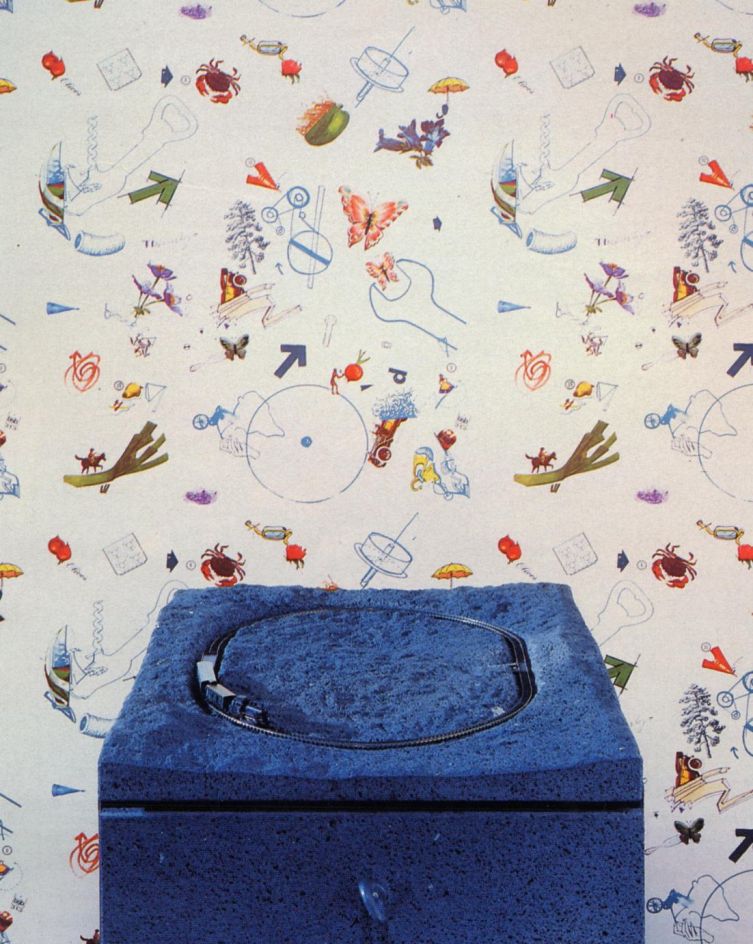What's in a name? For some, it's an insignificant moniker, for others it's something to hold on to. But more than anything, names describe people, things and places. At the same time, a name can give identity or symbolise something else entirely. Sometimes it is tied to history and stories, to good and bad experiences, to positive or negative associations. Those who are aware of these facts can benefit greatly from them.
For instance, a name seems to become more attractive the more positive meanings and attributes are attached to it. The products associated with a brand are not solely defined by their names but also by the prestige and reassurance they carry for the consumer. The older the brand, the more solid its reputation. In order to speed this process up, new products are sometimes promoted by slightly dubious ambassadors.

1972 X-Art - Niki St. Phalle
In recent years, a very popular way to try and promote products – at least in Germany – has been to secure the backing of celebrities. A nice little earner for the ex-wives of celebrities, singers whose fame has waned, self-appointed designers or any number of "Z Listers". In Germany, there has been a glut of wallpapers named after more or less obscure "stars" like Barbara Becker, Jette Joop, Dieter Bohlen, Daniel Hechter or Harald Glööckler. And what connects the wallpaper to the celebrity name? Absolutely nothing. They usually have no part in the design or the production process. They simply lend a would-be glamorous celeb image and their "good name" to the product.


1972 X-Art - Jean Tinguely
In the world of art, however, totally different rules apply. At the 5th Dokumenta in Kassel in 1972, the so-called X-Art Wallpaper Collection presented wallpapers designed by notable artists like Paul Wunderlich, Niki de Saint Phalle, Jean Tinguely or Allan Jones, to name but a few. And these were not – as might be expected – rare limited editions, but so-called Multiples – mass-produced objets d'art.

1972 X-Art - Werner Berges
The aim was to introduce modern art into the lives (and homes) of the "common people"; wallpapers as "agents of art" for the general population. Each artist's name stood not only for the wallpaper, but also for their entire artistic oeuvre.

1972 X-Art - Allen Jones
When looking for contemporary representatives of this idea and concept, one will inevitably come across US designer Karim Rashid or Irish designer Orla Kiely. Both artists' portfolios include, amongst many other things, original wallpaper designs. And here's the principle: Name of the Wallpaper = Name of the Designer.


A strong moniker can be more significant than the "true" properties of a product. The consumer pays for the name rather than for the product. But the criteria for judging a product should be creativity, quality, craftsmanship and innovative design, not the random famous name a marketing department chooses to pin to it. It does, however, pay to base one's choice on a designer's name, as their good name depends on the quality of the product.

Text: szim




